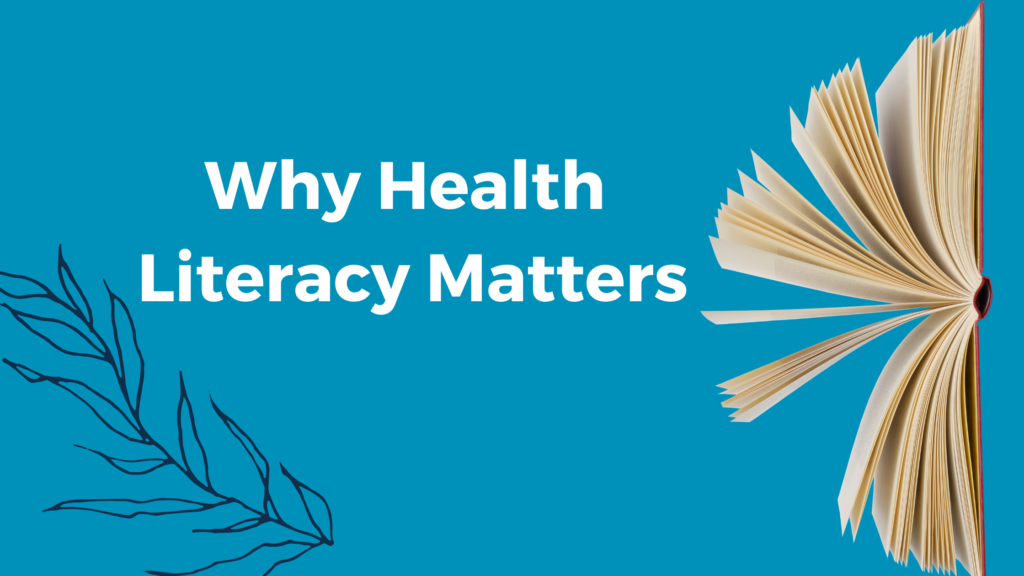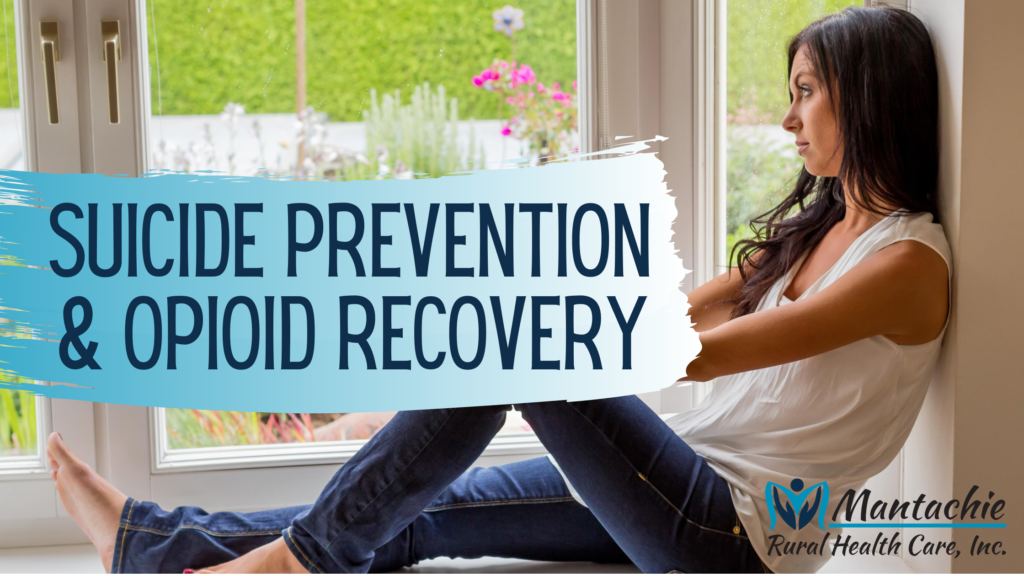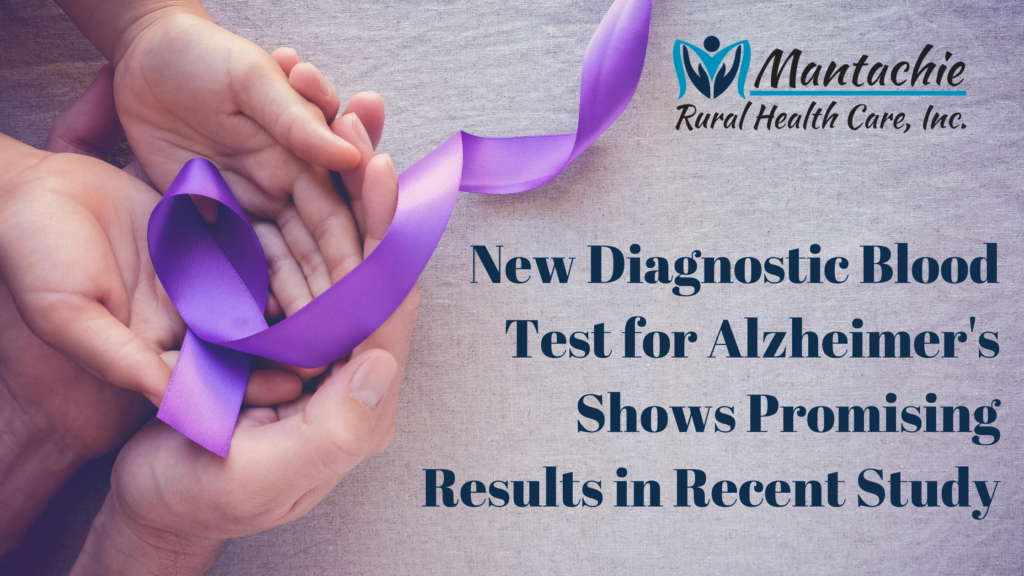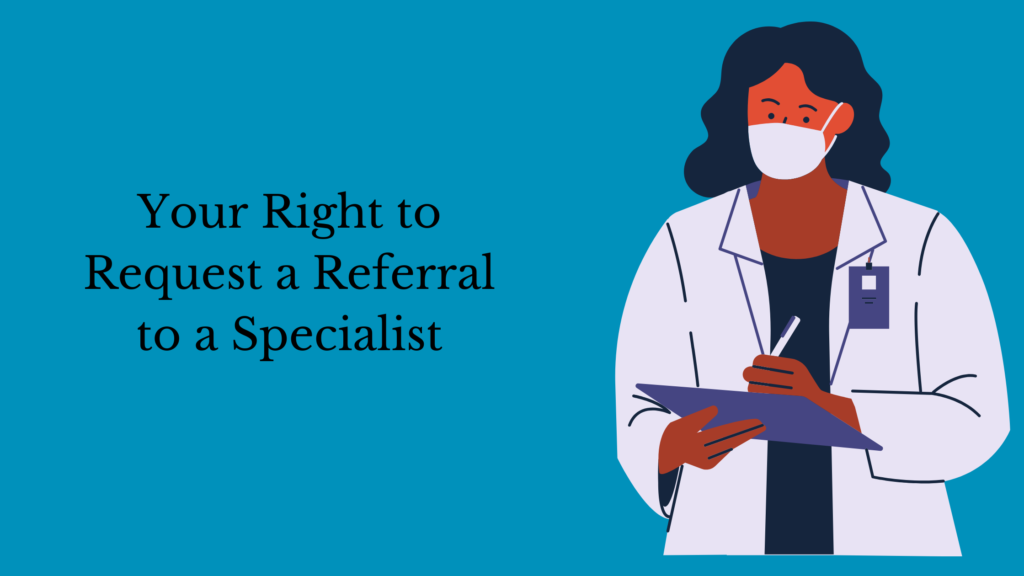
Health literacy refers to our ability to obtain, process, and understand basic health information. Health experts consider this skill so important they dedicated an entire month (October) to bringing awareness to health literacy. But if we have medical experts to tell us what we need why is it important to understand the information behind their recommendations?
Let’s Start with Antibiotics
Have you ever taken antibiotics leftover from another infection to treat a cold? Did it work? We didn’t think so. Doctors never prescribe antibiotics to treat a cold or flu because antibiotics are designed to treat bacterial infections. Colds and the flu are caused by viruses, which don’t respond to antibiotics.
Understanding basic health information like knowing the difference between a viral and a bacterial infection, as well as the proper treatment, isn’t just important to your medical providers. Health literacy can save lives.
Doctors and nurse practitioners prescribe antibiotics for a specific length of time to treat the full infection. This means you shouldn’t have any leftover. Taking less than the full dose leads your body open to a resurgence of the initial infection.
Another reason to understand antibiotics is that no two antibiotics are exactly the same and most treat different ailments. Only a medical provider or pharmacist can determine which type of antibiotic is best suited for each circumstance.
How you can improve your own health literacy
The best way to improve your health literacy is to visit your provider for regularly-scheduled wellness checkup and ask them questions about your health. When you visit your provider because you’re sick ask questions then, too. Ask them to explain what is causing your illness and why they are prescribing the treatment they’ve chosen.
Reputable online medical resources such as Mayo Clinic and Healthline are excellent sources of basic health information. Remember, however, when you review information online to discuss your findings with your provider to confirm that the information’s accuracy. Our own blog, which you are reading now, offers an excellent, viable source of information fact-checked by our own medical team.
Are you looking for a medical provider who wants to help you understand your health and the conditions that are affecting it? Mantachie Rural Health Care strives to educate our patients in hopes that it will inspire them to better help. Become a patient with us now by scheduling an annual wellness exam with one of our providers.











